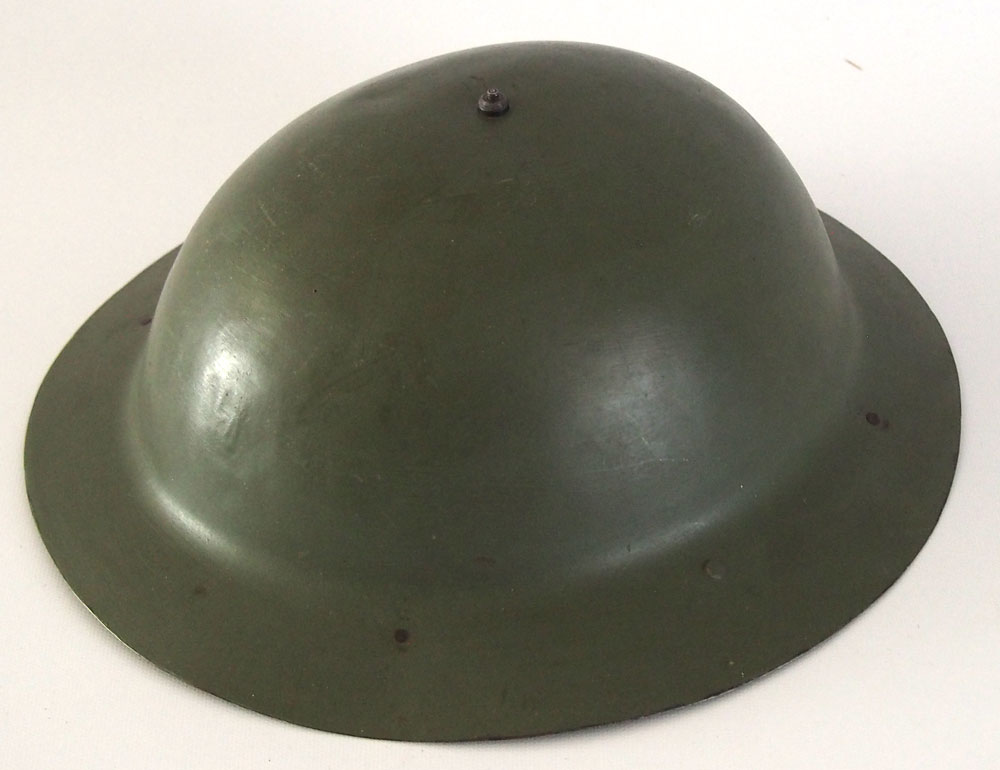 While steel helmets never completely disappeared from the battlefield – and helmets were worn by cavalry units throughout the 18th and 19th centuries – at the outbreak of the First World War in 1914 most British infantrymen wore only the Home Service Helmet as part of a dress uniform and for parade type duties. Forage caps were the standard headdress for soldiers in the field, but by 1916 it was apparent that soft caps as well as sun helmets that were worn in tropical regions weren’t enough to protect against head wounds from artillery barrages or other low velocity impacts.
While steel helmets never completely disappeared from the battlefield – and helmets were worn by cavalry units throughout the 18th and 19th centuries – at the outbreak of the First World War in 1914 most British infantrymen wore only the Home Service Helmet as part of a dress uniform and for parade type duties. Forage caps were the standard headdress for soldiers in the field, but by 1916 it was apparent that soft caps as well as sun helmets that were worn in tropical regions weren’t enough to protect against head wounds from artillery barrages or other low velocity impacts.
Thus, following the French lead, the British Army introduced a steel helmet that was based on John Brodie’s design. By late 1916 most soldiers on the Western Front wore the MkI steel helmet. However, while officers were issued with standard MkI, many officers of means opted for private purchase examples that were of superior quality at least where comfort was concerned.
One of the primary suppliers was upscale retailer Hawkes & Company of 1, Saville Row, London, which had been a noted supplier of sun helmets throughout the latter half of the 19th century.
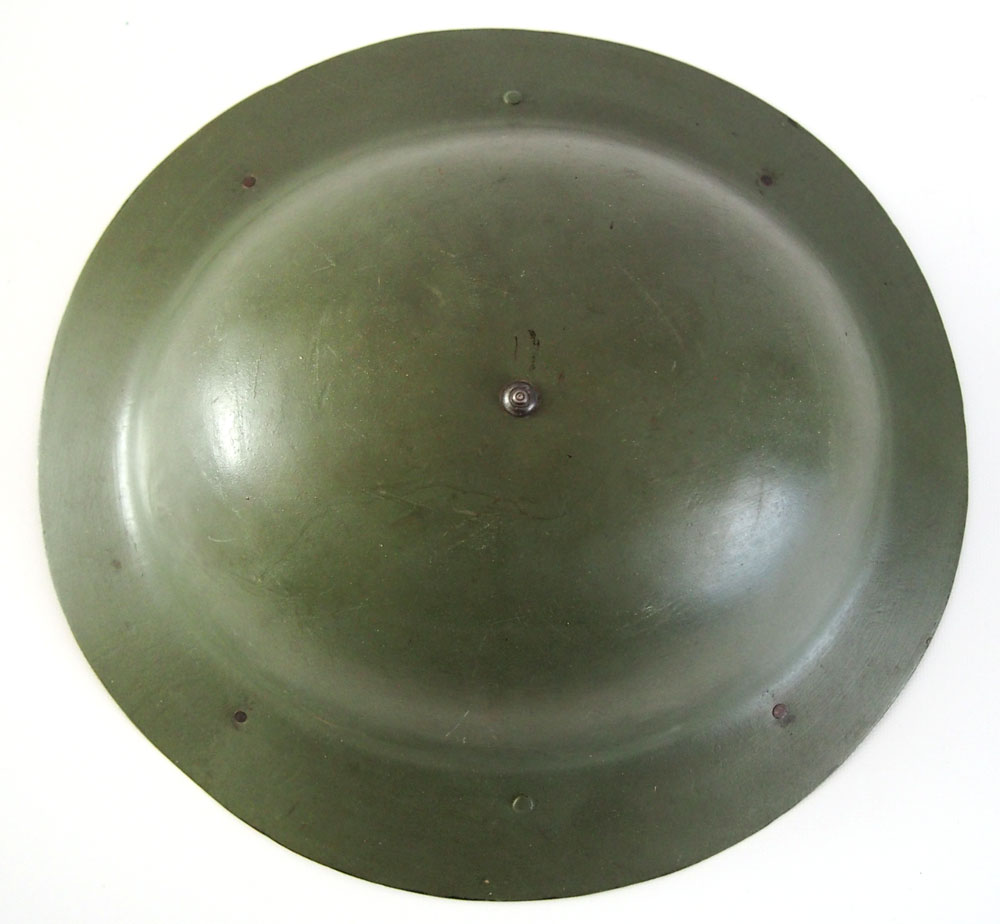
A top view of the private purchase helmet for officers. Note the smooth green paint, which was also used in the early pattern “Brodie” helmets that were tested on the Western Front in 1916.
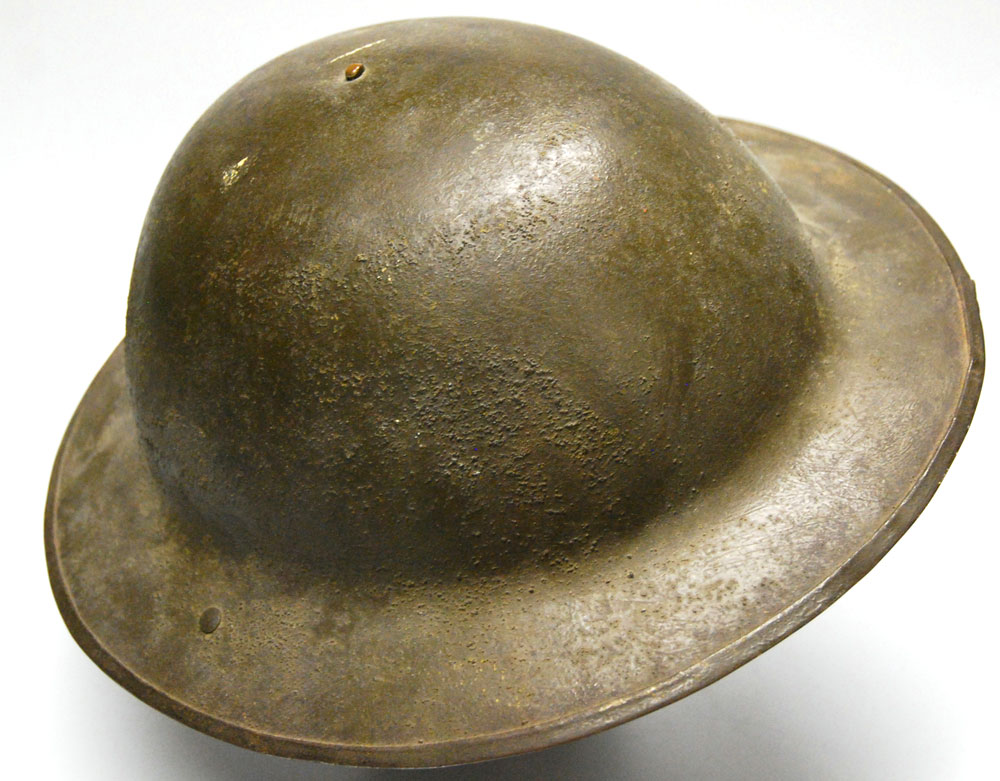
This British MkI helmet differs from the private purchase example in the color, texture and rivet placement – yet the overall shape is similar. (Author’s Collection)
This pattern helmet, which has no official name, was likely manufactured in Birmingham, where many of the shells for the original Brodie design as well as the latter MkI helmets were sourced. The pattern of the helmet was largely based on the original Brodie design and this included a raw edge around the rim of the helmet, unlike the more finished edge of the MkI. However, these private purchase helmets were typically worn with a canvas or cloth cover so the raw edge may not have been much of an issue.
What is notable about this helmet pattern is that it features a liner that was patented by Hawkes & Company for the UK, Canada, India and the United States. The quality of the liner is vastly superior to that of the MkI, which was typically made of oil cloth.
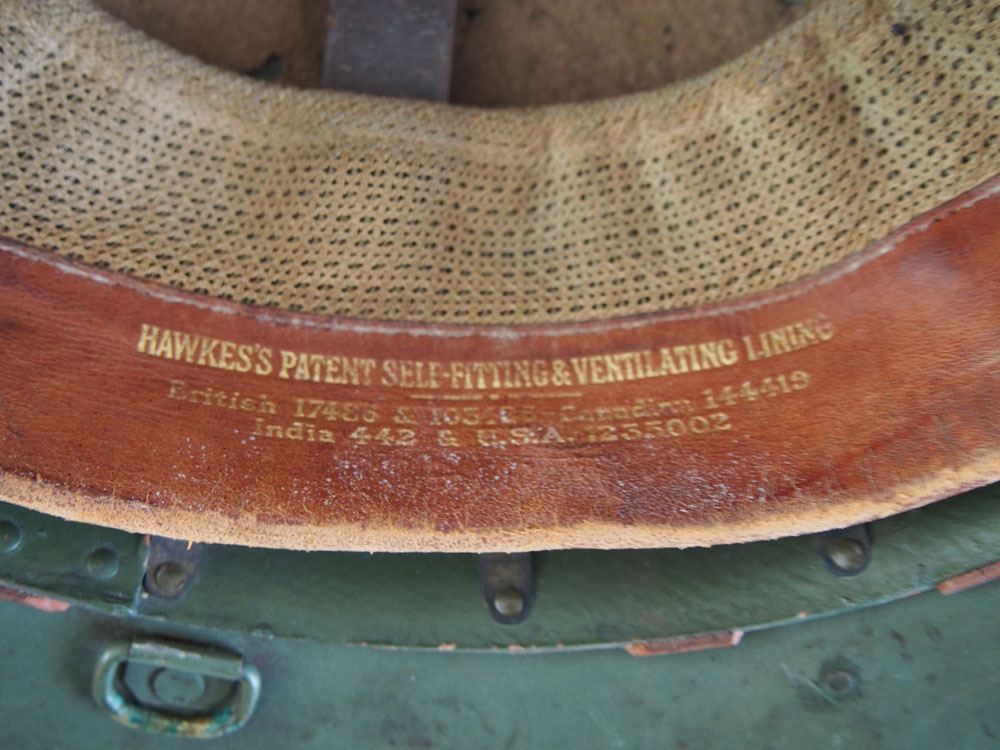
The liner shows the “Hawkes’s Patent Self-Fitting & Ventilating Lining.” Note that the liner’s leather headband is similar in design to many of the sun helmet headbands of the era. This one shows some wear, but not a significant amount – suggesting this may have been a staff officer’s helmet. (Author’s Collection)
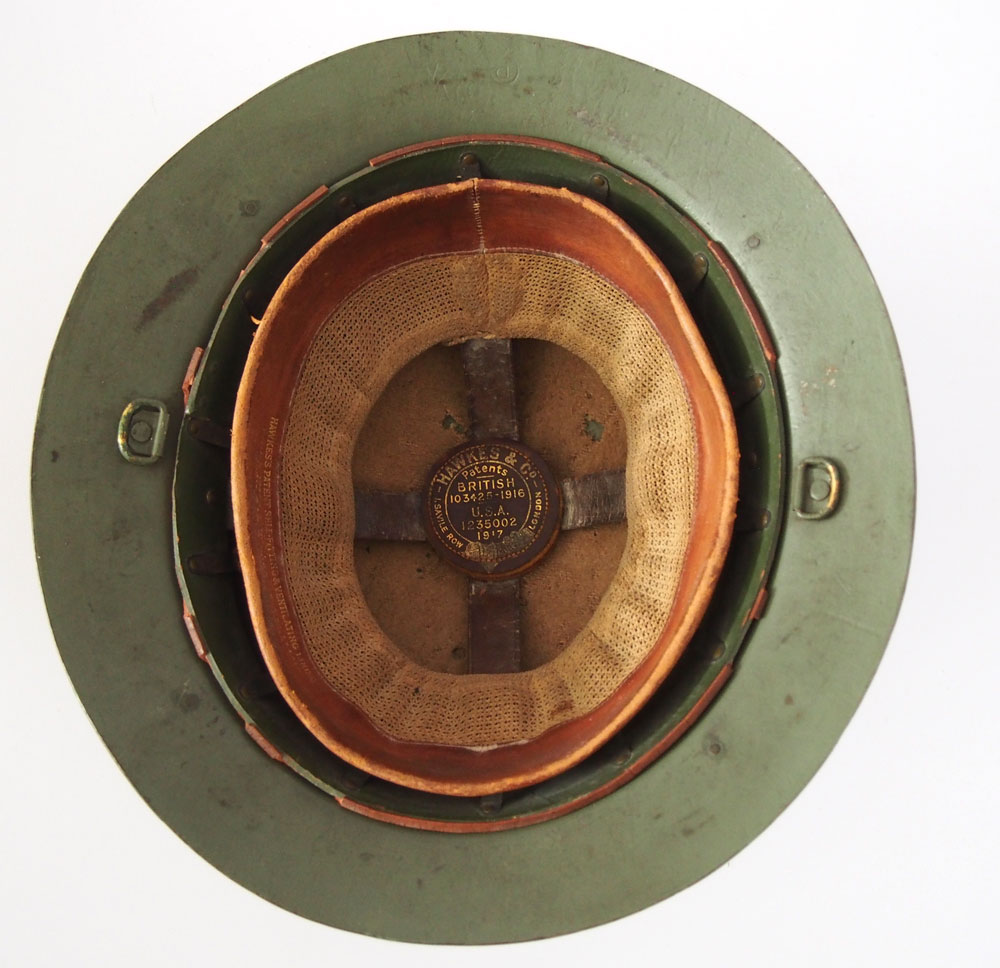
This liner is vastly superior in quality to that of the British MkI liner system. (Author’s Collection)
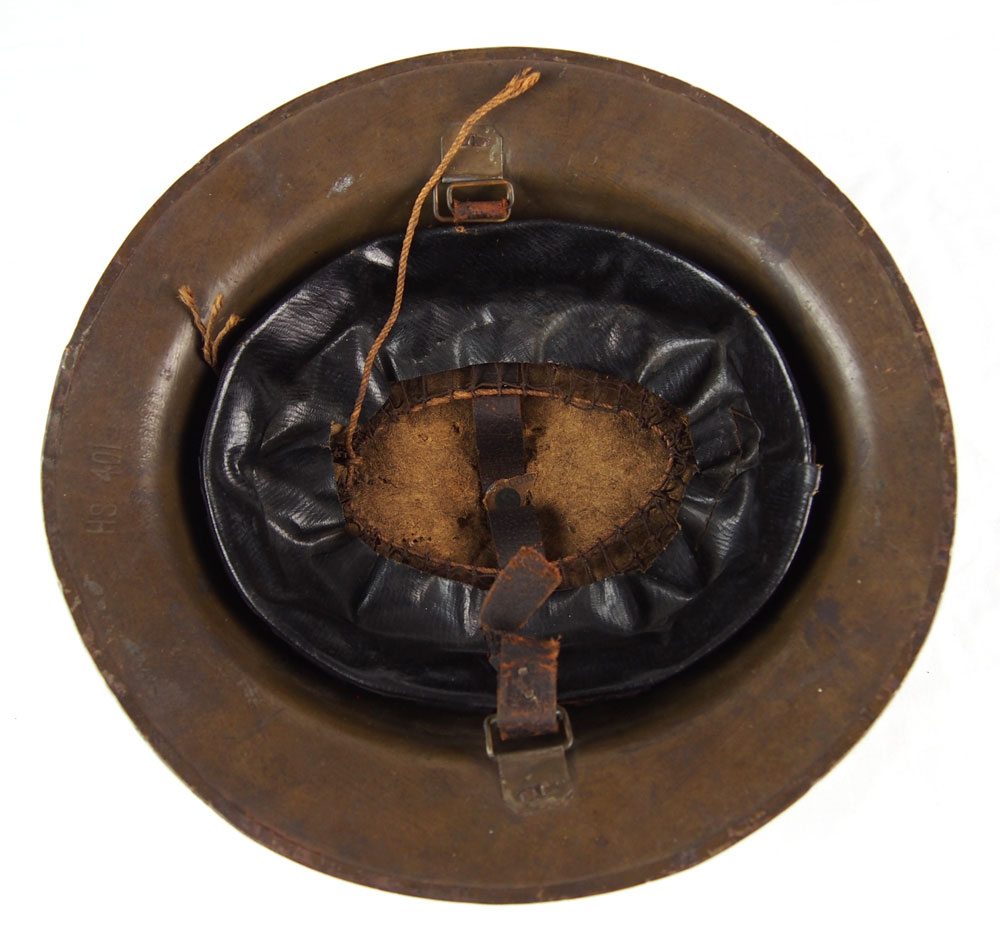
The liner system of the standard British MkI. Not something an officer of means would like want to be caught dead wearing (even in No-mans-land)! (Author’s Collection)
Only a few thousand of these helmets were used and typically only by officers of means. These serve today as a reminder of the class differences that existed in the UK during the First World War.
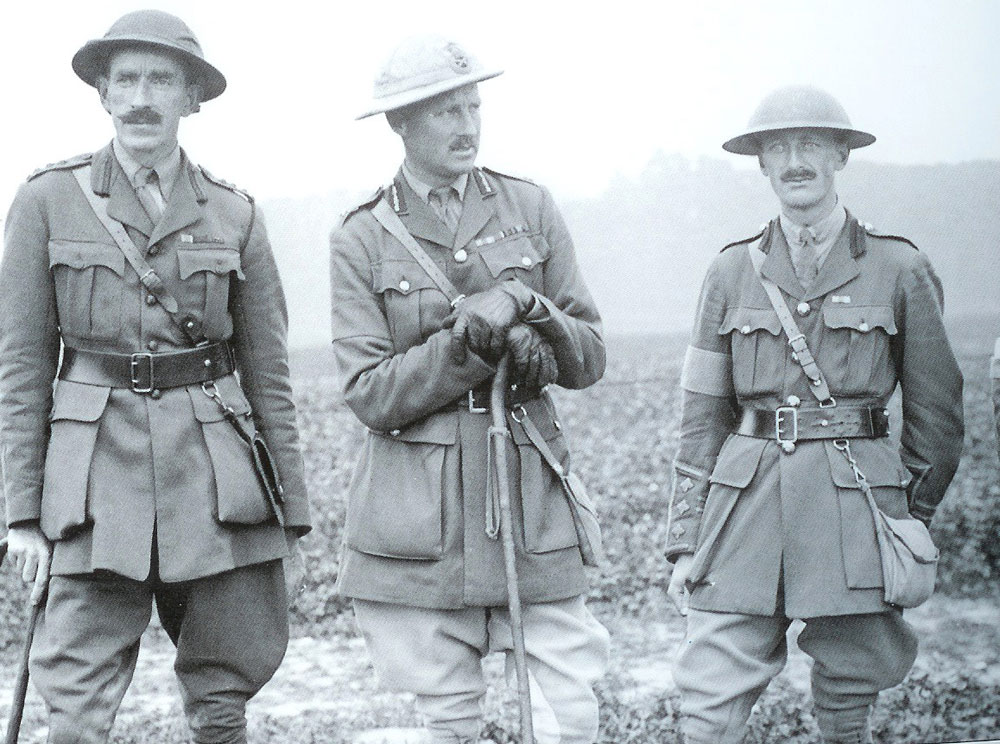
A 1917-dated photo that shows Brigadier General F.W. Ramsay (center), commander of the Irish Brigade, 16th Division, with two of his staff officers. all three are wearing what appear to be private purchase helmets based on the Brodie design. The officer on the left is wearing a helmet with a cover as is General Ramsay. The officer to the right has a helmet that appears to has a smooth satin finish – much like the example above. (Photo: Private Collection)
Peter Suciu
March 2018
